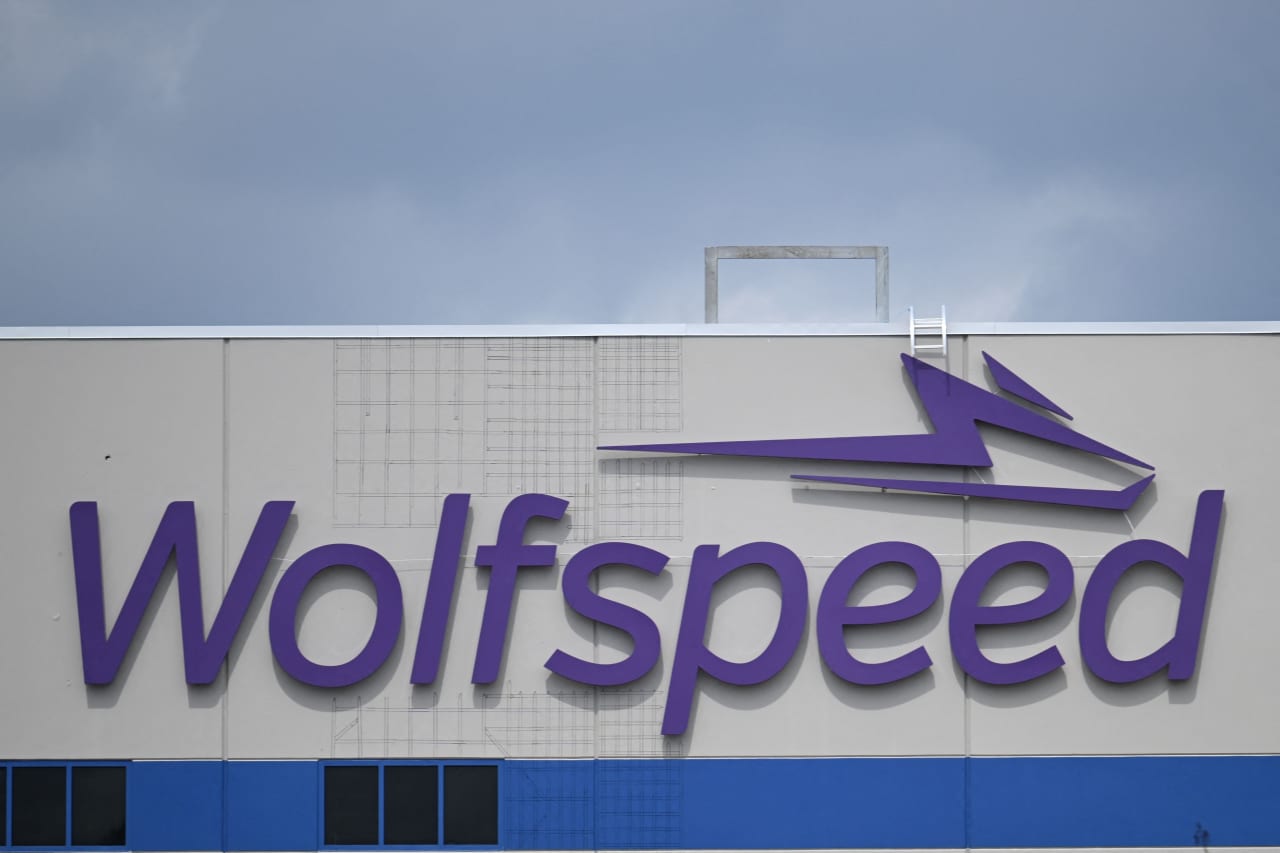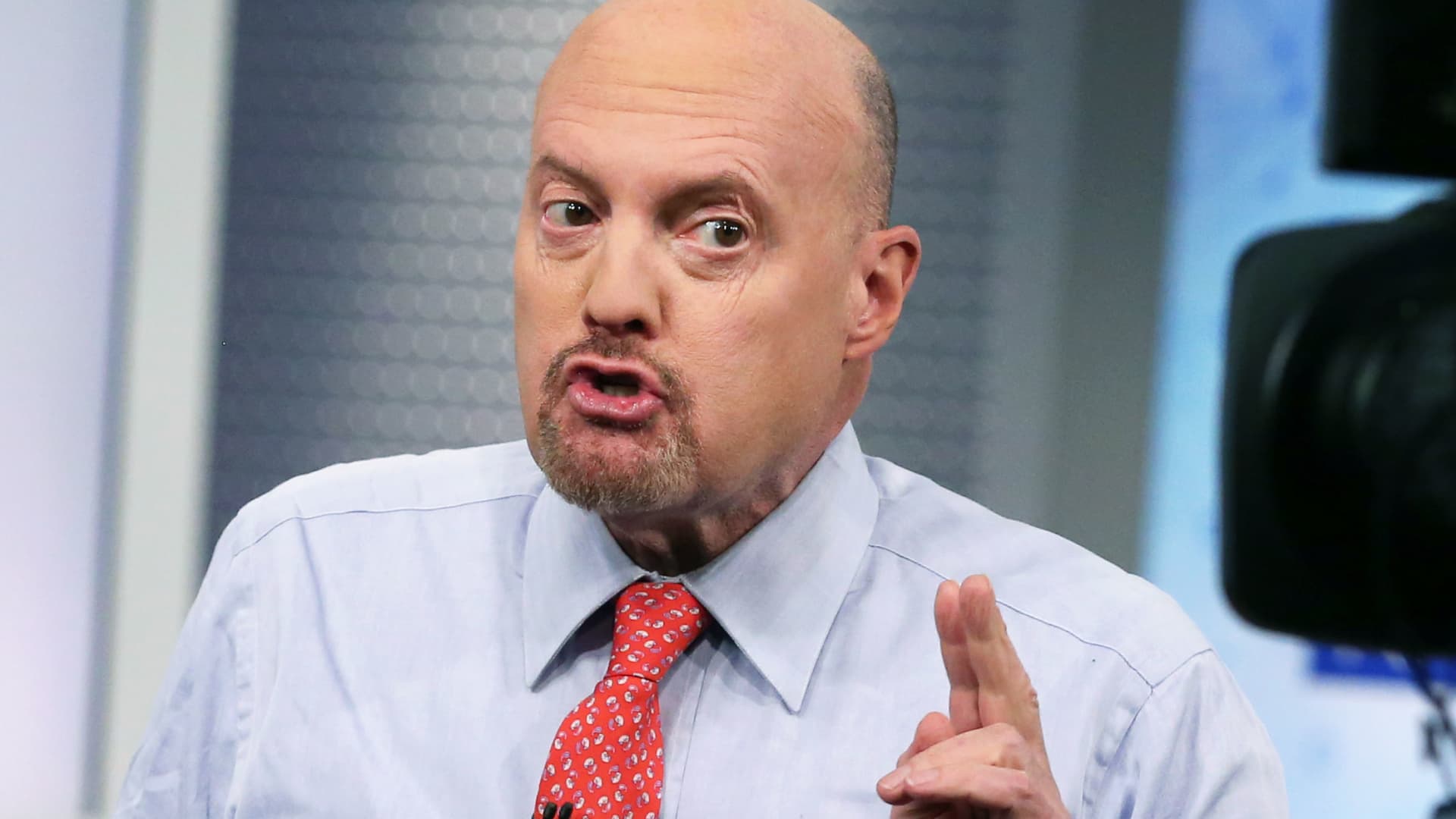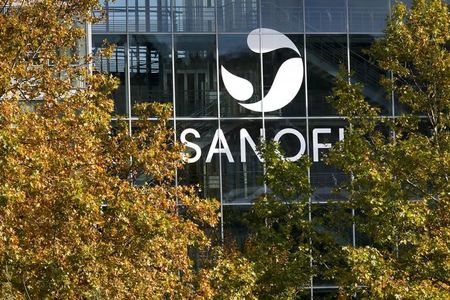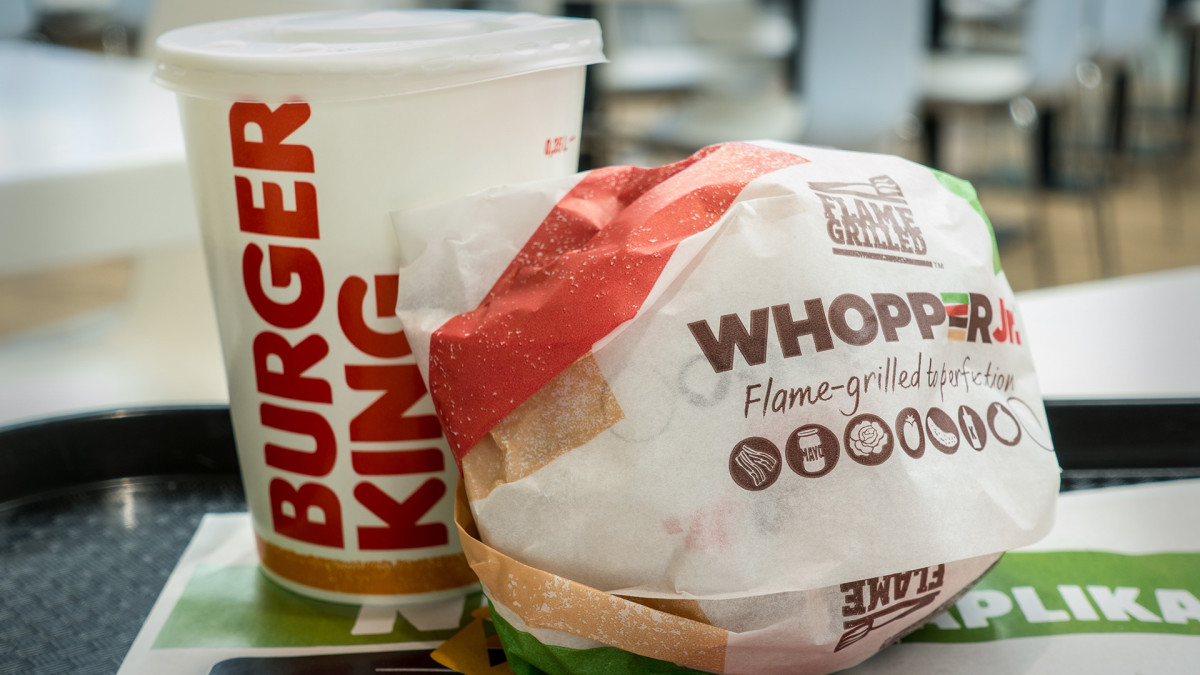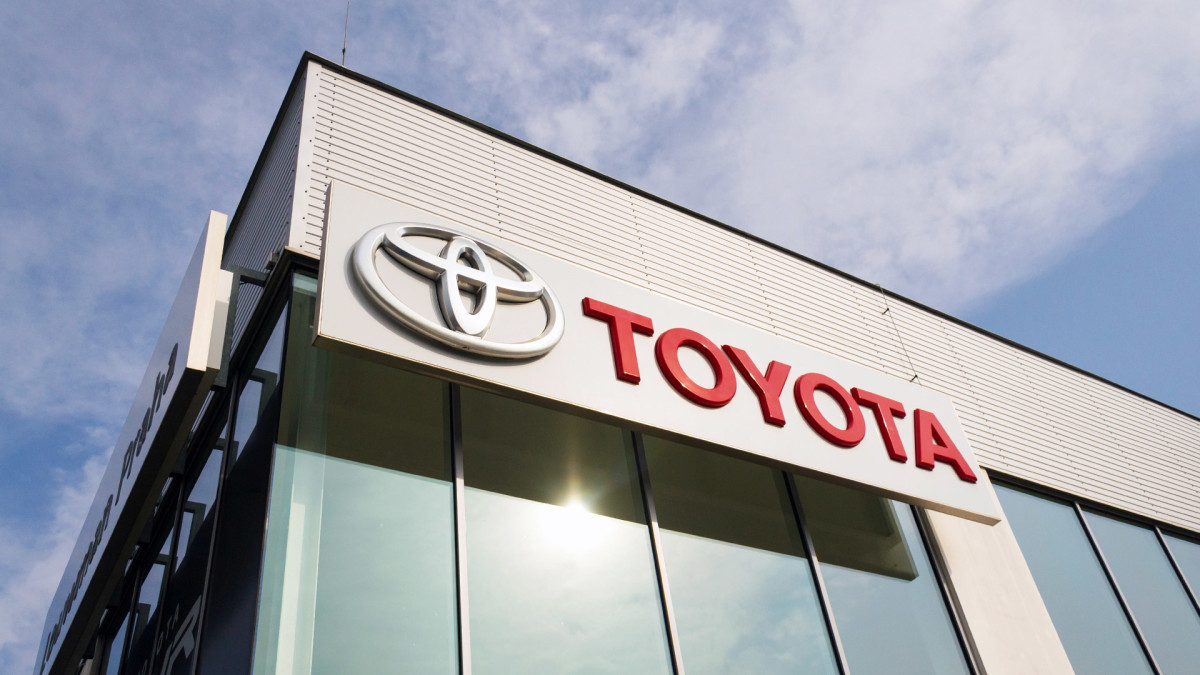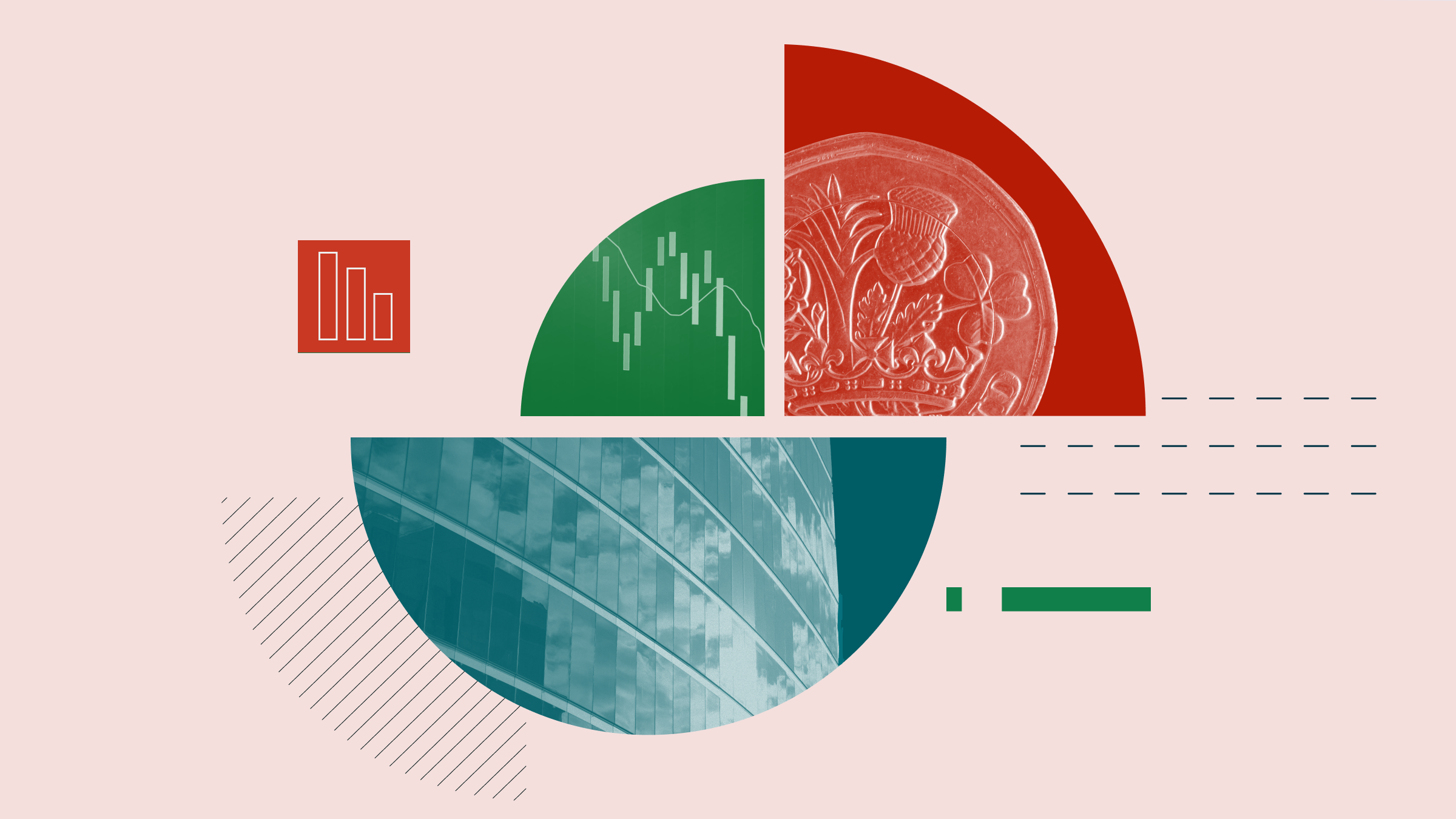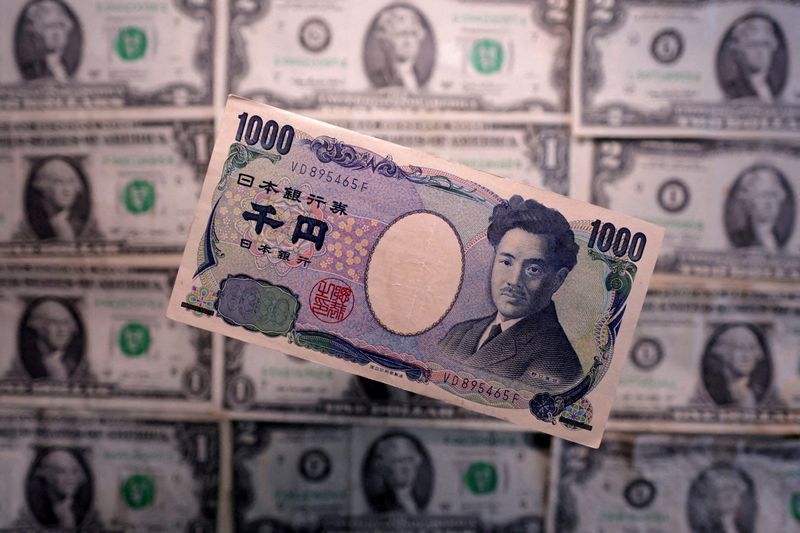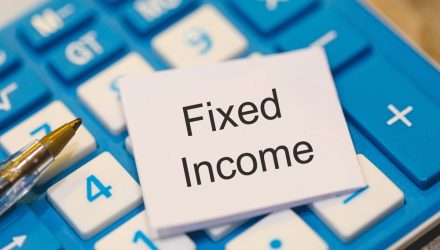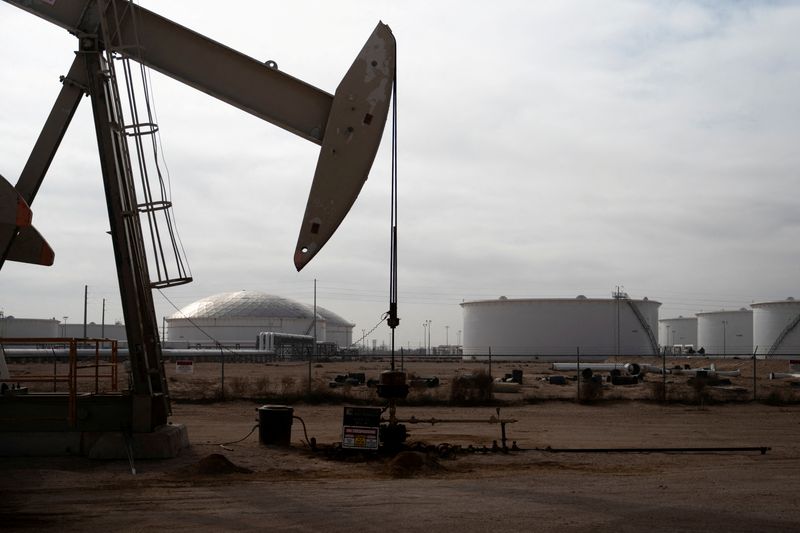If You Invested $15,000 In Ford (F) 15 Years Ago, This Is How Much Cash From Dividends You Would Have Today
Despite relative softness in its EV and standard ICE (Internal Combustion Engine) vehicle sales, Ford’s trucks remain the unequivocal favorite across the entire US driving population. Perhaps to capitalize further on competition protections afforded to the US auto industry through President Trump’s tariff policies, Ford’s popular Super Bowl ad campaign smartly highlights its biggest namesake […] The post If You Invested $15,000 In Ford (F) 15 Years Ago, This Is How Much Cash From Dividends You Would Have Today appeared first on 24/7 Wall St..
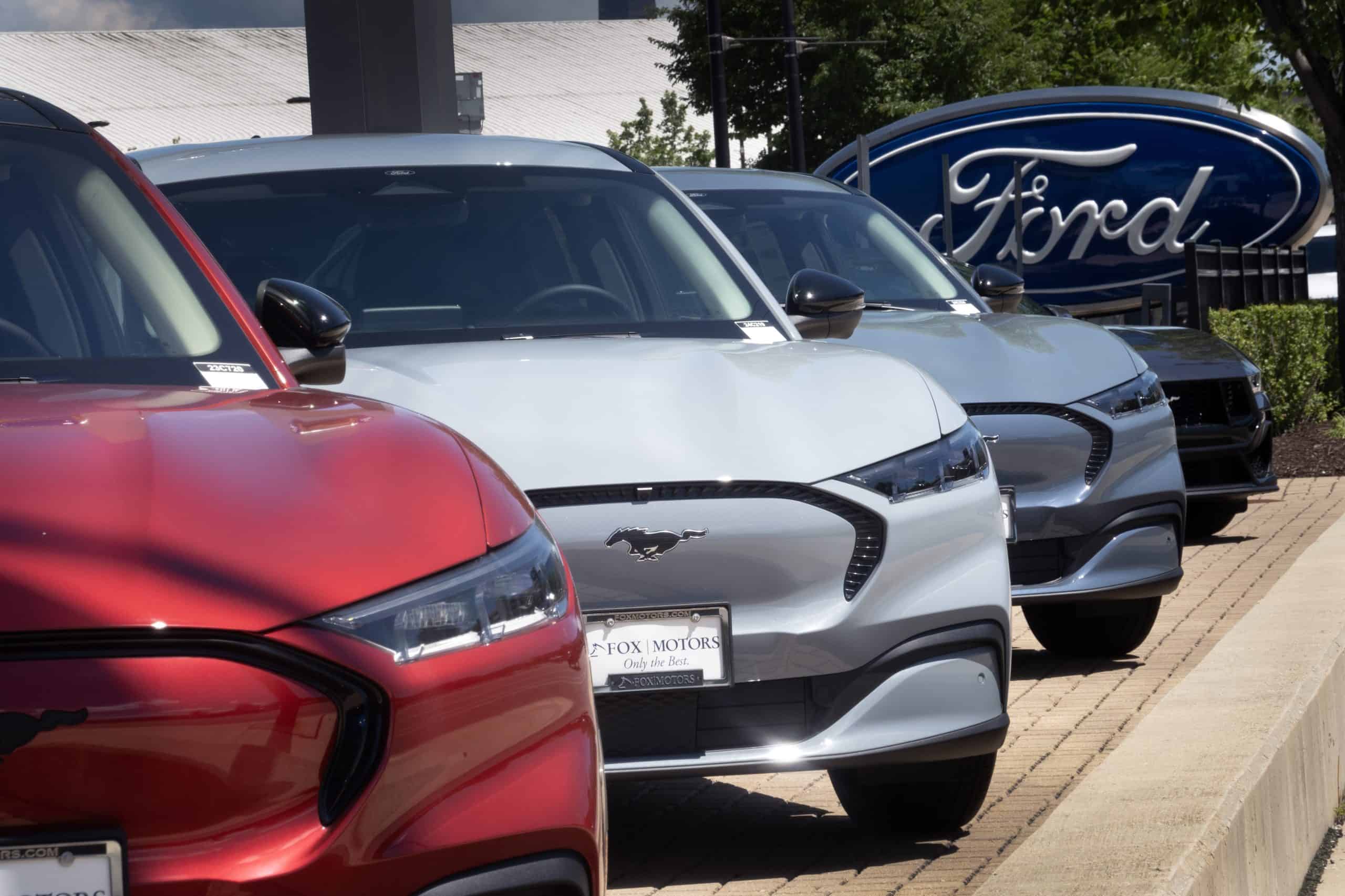
Key Points
-
Due to the depreciation of its stock price in April, along with most of the rest of the market, Ford Motor Company finds itself slowly climbing back up as the market recovers.
-
Ford’s dividend is an unusually high 6.98% at the time of this writing, although its price in 2009 touched as low as $2.40, before shooting back over $10 by 2010.
-
Ford’s current business is struggling to keep up with Tesla and GM in its EV development, although its standard F-series trucks remain US best sellers.
-
Do you have concerns about your retirement? SmartAsset’s free tool can match you with a financial advisor in minutes to help you answer your questions today. Every advisor has been carefully trained to analyze your objectives and address your questions so you can decide on the portfolio strategies to best serve your interests. Don’t waste another minute – get started by clicking here.(Sponsor)
Despite relative softness in its EV and standard ICE (Internal Combustion Engine) vehicle sales, Ford’s trucks remain the unequivocal favorite across the entire US driving population. Perhaps to capitalize further on competition protections afforded to the US auto industry through President Trump’s tariff policies, Ford’s popular Super Bowl ad campaign smartly highlights its biggest namesake Hollywood star – Indiana Jones and Han Solo himself: Harrison Ford.
Founded in 1903, Henry Ford’s Model T revolutionized American industry with his introduction of mass production assembly line processes. Throughout its long history, Ford has been an emblematic symbol of American business, with its Mustang, Thunderbird, Lincoln Continental, and Crown Victoria cars, and its best selling trucks, epitomized by its F-series pickup – 26 million sold since 1977.
From an investment perspective, Ford (NYSE: F) stock has faced challenges in matching its former glory years. The company has not been successful reaching its 1999 all-time highs throughout the 21st century. From a dividend perspective, Ford has solidly been paying dividends except for in 2007, due to financial problems, and during the Covid-19 pandemic lockdowns. Ford’s price deterioration in 2007 fell further to a $2.40 low in 2009, before bottoming out and surging back in 2010.
Ford Showcases The Power of Compounding
The tail end of 2009 in 2010 coincided with a resurgence for Ford stock that investors who timed their entry capitalized handsomely.
As the calculator demonstrates, a $15,000 investment in Ford back in 2010 would be worth $28,275.48 today, at the time of this writing, which equates to an 88.50% ROI. The total return would be $13,275.48.
The annualized return equates to 4.21%. This calculation also includes compounding through reinvested dividends. The reinvested dividend value equates to $12,655.35. The actual cash dividends paid out from the initial 1,459.14 shares equates to $10,447.47. If the dividends were not reinvested, the total return would be $620.14. Therefore, reinvesting the dividends enabled an additional return difference of $12,035.21 over the decade and a half stretch.
DRIP Considerations and Ford Stock Compounding

The $12,035.21 added value due to reinvesting of dividends is a classic example of the wealth building power of compounding and dollar cost averaging. Many investors who aren’t reliant on dividends for income acknowledge compounding’s advantages. They will often establish Dividend Reinvestment Program (DRIP) plans for their portfolios on selected stocks that pay dividends. DRIP arrangements offer investors several advantages:
- As they are set on autopilot, there is no need to calculate the dividend total and the number of shares that can be purchased – the computer handles all of those functions to make acquisition of additional shares as seamless as possible.
- Most DRIP plans charge very low, if any transaction fees.
- The DRIP process eliminates the temptation of shopping for another stock to buy with newly received dividend cash.
On the other hand, having a DRIP does not negate the need to follow the stock’s news and progress.
- There may be serious problems with a company’s prospects that might make acquiring more shares a riskier choice. For example, some analysts believe that Ford’s underwhelming EV divisions may cause it to have to reduce its dividend.
- Dividend income still needs to be accounted for in taxes, so overlooking them can result in a miscalculation that may invite IRS penalties, depending on the size of the discrepancy.
- If there is an unforeseen emergency, the dividend income might be needed for medical or other bills.
At a 6.98% yield, Ford is certainly attractive for income investors, and its current trajectory indicates that yield will diminish as the stock continues to appreciate. If one doesn’t mind keeping an eye out for any possible speed bump that can affect that dividend, Ford may be worth consideration for adding to a portfolio.
The post If You Invested $15,000 In Ford (F) 15 Years Ago, This Is How Much Cash From Dividends You Would Have Today appeared first on 24/7 Wall St..





















